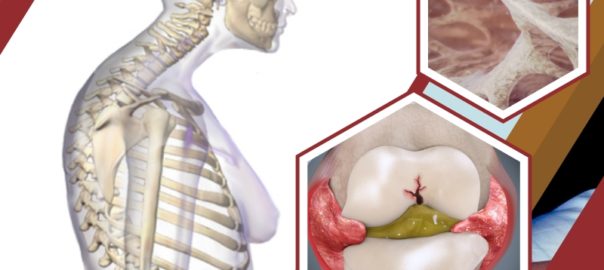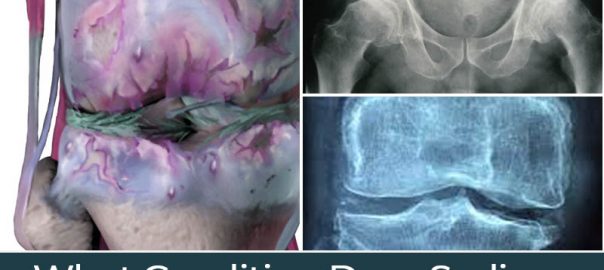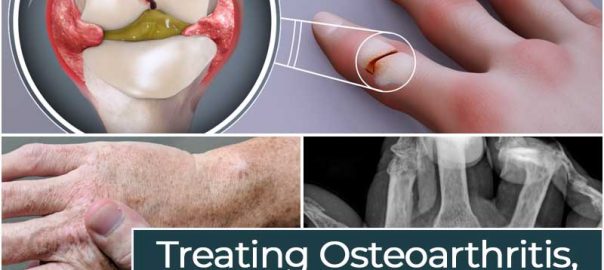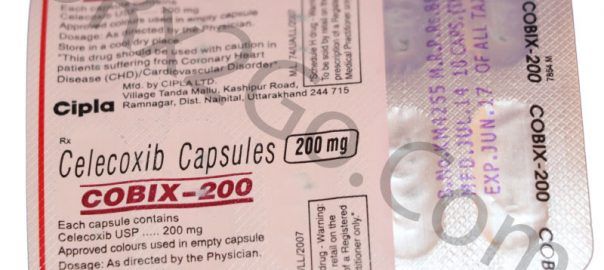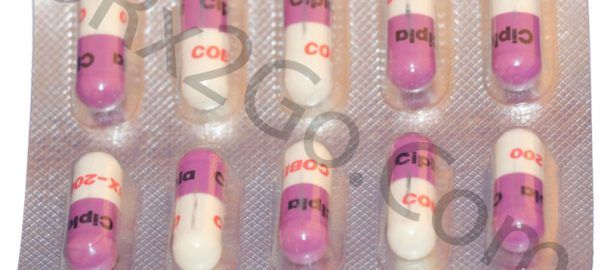Osteoarthritis is the most common type of Rheumatic Disorder. This affects about 27 million adults in the United States alone. Osteoarthritis is a chronic condition characterized by the breakdown of the joint’s cartilage.
The breakdown of cartilage causes the bones to rub against each other, causing stiffness, pain, and loss of movement in the joint. Patients who have been diagnosed with Osteoarthritis are generally cared for by an Orthopedic Specialist.
What are the Risk Factors of Rheumatic Disorder?
The rheumatic disorder can develop in people of any age, sex, or race. There are several different forms of rheumatic disorder and some people are more susceptible to some than others. Some contributing factors to the disease include age, gender, genetics, and environmental factors. Some people are at higher risk for developing a rheumatic disorder, including those people who carry the PTPN22 gene, women, Hispanics, and African Americans.
Common Types of Rheumatic Disorder
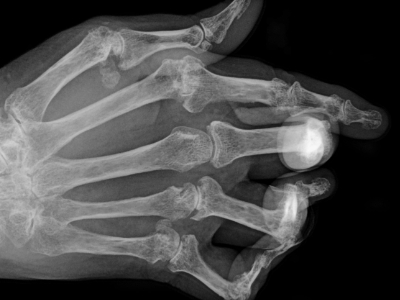
- Ankylosing Spondylitis
- Bursitis
- Crohn’s Disease
- Gout
- Infectious Arthritis
- Juvenile Idiopathic Arthritis
- Osteoarthritis
- Osteoporosis
- Polymyalgia Rheumatica (PMR)
- Polymyositis
- Psoriatic Arthritis
- Rheumatoid Arthritis (RA)
- Scleroderma
- Sjogren’s Syndrome
- Spondyloarthropathies
- Systemic Lupus Erythematosus
- Tendonitis
What Causes Rheumatic Disorder?
In many cases, the cause depends on the type of rheumatic disorder. But researchers believe that some or all of the following may play a role:
- Genes and family history
- Lifestyle choices such as being overweight
- Trauma
- Infection
- Nervous system problems
- Metabolic problems
- Too much wear and tear and stress on a joint or joints
- Environmental triggers
- Certain hormones
Rheumatic Disorder Diagnosis
Diagnosis of rheumatic disorder begins with a discussion of your medical history. Your doctor will talk with you about your symptoms, including:
- How much pain you’re in
- Factors that worsen the pain
- Where you feel pain or other symptoms
- When your symptoms began and whether they’re constant or change throughout the day
- Drugs, body positions, and other things that may relieve your symptoms

Rheumatic Disorder Treatment
Various types of medication are prescribed to treat rheumatic disorder. Some drugs only treat symptoms like pain and inflammation, while others can alter the course of the disease.
Depending on the condition, medication may include:
- Oral analgesics (painkillers)
- Topical analgesics
- Nonsteroidal anti-inflammatory drugs (NSAIDs)
- Corticosteroids
- Disease-modifying anti-rheumatic drugs (DMARDs)
- Prednisolone – this medicine is a man-made form of a natural substance (corticosteroid hormone) made by the adrenal gland. Prednisolone lessens the immune system’s response to various diseases to reduce symptoms such as pain and swelling.
Medicine that is usually recommended for rheumatic disorder:
Besides medication, various other types of treatments may be prescribed for a rheumatic disorder such as:
- Physical therapy
- Hot and cold therapy
- Occupational therapy
- Relaxation therapy
- Specific exercise regimes to increase muscle strength and joint flexibility
- Splints, braces, and assistive devices to support weak joints
- Surgery




